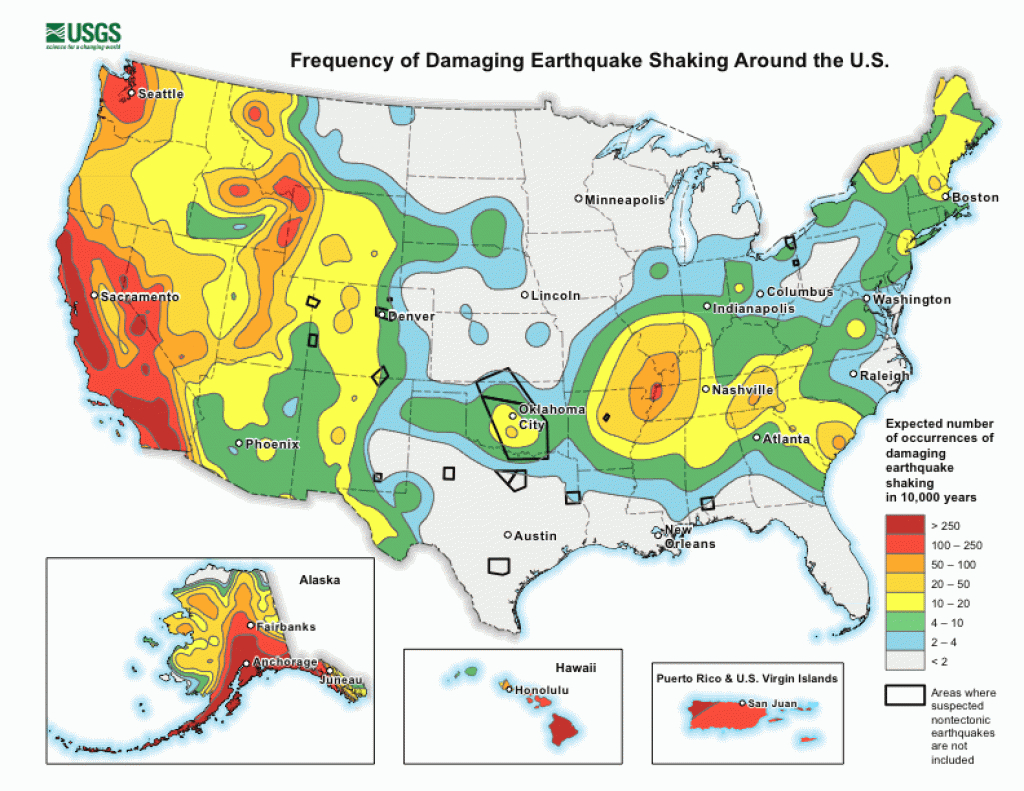


These findings illustrate how swarm evolution is strongly controlled by 3D variations in fault architecture. Our observations provide high-resolution constraints on the processes by which swarms initiate, grow, and arrest. This enables fluid migration within a shallower section of the fault with fundamentally different mechanical properties. A permeability barrier initially limits up-dip swarm migration but ultimately is circumvented. We infer that fluids are naturally injected into the fault zone from below and diffuse through strike-parallel channels while triggering earthquakes. The USGS earthquake monitoring API is used to obtain the data. An example of fetching data from an external API and plotting the data on a Leaflet.js map.

We leverage advances in earthquake monitoring with a deep-learning algorithm to image a fault zone hosting a 4-year-long swarm in southern California. Daily earthquake tracker Includes: Leaflet.js, external API. Geological Survey says a strong earthquake with a preliminary magnitude of 7.5 has struck in northern Peru. (KGO) - A 3.1-magnitude earthquake was reported near Castro Valley, according to the U.S. The vibrant evolutionary patterns made by earthquake swarms are incompatible with standard, effectively two-dimensional (2D) models for general fault architecture.


 0 kommentar(er)
0 kommentar(er)
